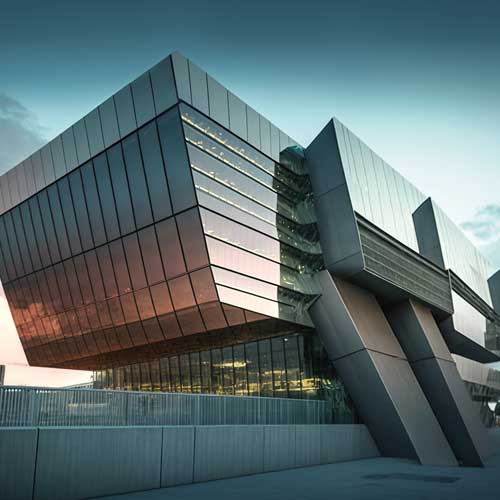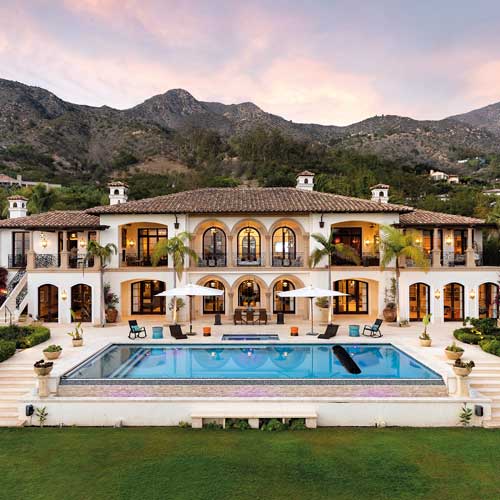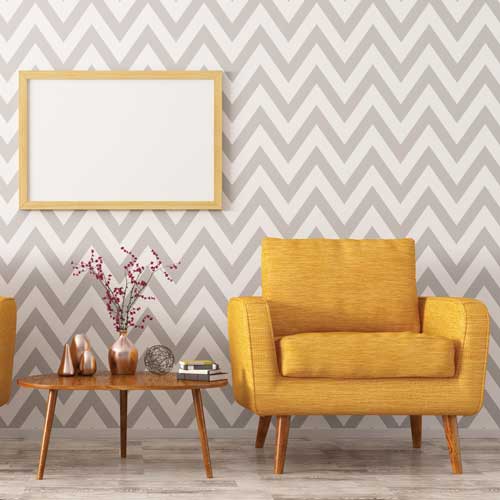RETHINKING OUR LIVES
 As we emerge from a two-year hiatus in our regular lives, we’re also being made aware of new realities that need to be faced both locally and globally. Some of them are of our own making where our wholehearted embrace of globalisation particularly in the design and building industry has cost the local fraternity dearly.
As we emerge from a two-year hiatus in our regular lives, we’re also being made aware of new realities that need to be faced both locally and globally. Some of them are of our own making where our wholehearted embrace of globalisation particularly in the design and building industry has cost the local fraternity dearly.
Acute shortages of material due to the local currency crisis and a global logistics shortage have left us struggling to continue with the smooth and timely delivery of our products. We need to be cognisant of these issues and perhaps learn to shift the balance between local and global to a healthier one.
Our time inside in the last two years has also shown us how deeply we connect with nature and how much we miss its absence in our day-to-day lives. Those of us who were confined to living spaces that weren’t connected to nature and others who were amidst it have both in our own ways seen how much of a difference it makes to our wellbeing.
Within our shared domestic spaces, privacy for individuals and alternative workspaces – as we were forced to work from home – were at a premium. Innovative ways of creating these separations will become part of our future design thinking. The contemporary residential interior requires that it take onboard the new realities of how we work and play.
Another element that possibly brought us joy or contemplation is art. Good art makes us ponder about the potential realities beyond us. This in itself can be an uplifting experience. While design and architecture in itself is also art, the incorporation of the views of artists who work in different mediums into designed spaces leads to a healthy dialogue between various points of view, and makes our lives all that more engaging and fulfilling.
Another reality we face concerns the very nature of the living spaces we make for our communities. The demand for suburban and rural housing has indeed seen substantial growth in many parts of the world. However, 7.9 billion members of humanity evenly spread on the surface of the Earth can only lead to greater conflict with the natural environment, the repercussions of which are already upon us.
This is where obvious good design of the environment comes into play – design that is able to create environments that allow humans to be physically distant but still not dispersed and technologically connected, but not lose the opportunity to physically interact with each other if necessary. These must be concerns for any future developments.
– Channa Daswatte





